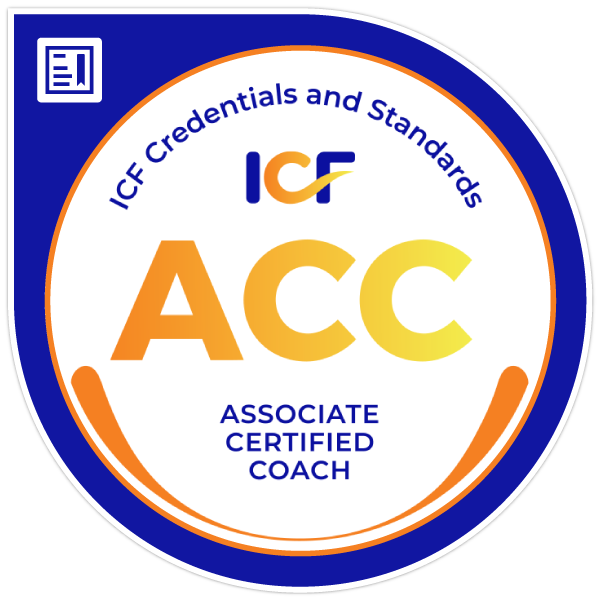Conquering Tough Talks: Preparing for Difficult Conversations
“One of the crucial skills for leadership is handling difficult conversations.”
Ivett Casanova.
I have witnessed big problems, conflicts, and poor relationships that arise from not knowing how to handle a difficult conversation.😒
The first thing that is usually done is to evade, precisely because it is “DIFFICULT”, it makes us uncomfortable, hurts us,💔 or bothers us about that fact or situation that is happening and that we have not dared to properly confront.
But this not only happens to us at work. It happens to us all the time in our daily lives, with our partner, with our children, family, or friends.
I messed up by having discussions and fights until life led me to learn techniques to effectively handle a difficult conversation. NOTE that it will always be difficult, but the interesting thing is how to handle what is difficult or painful appropriately for the parties involved.
According to author Susan Scott, a difficult conversation is one that we need to have but avoid due to its level of intensity or conflict. These conversations can be difficult because they are based on topics that are often uncomfortable or personal and may involve differences in opinion, values, or expectations.
One of the methods that I personally practice in my life and one of my favorites when I facilitate leadership training is the “DESC” methodology by author Sheila Heen, which is very effective for handling difficult conversations.
The DESC methodology can be used in any situation where you need to handle a difficult conversation, whether it’s at work, in personal relationships, or any other situation where you need to resolve a problem or conflict.
The methodology helps to keep the conversation focused on the facts, to be honest and authentic about needs, and to discuss the consequences of not resolving the problem.
- Describe the problem: The first step is to clearly and specifically describe the problem. It’s important to focus on the facts and not the emotions or judgments.
- Express how you feel: The next step is to express how you feel about the problem. It’s important to be honest and authentic about your feelings, but it’s also important to maintain an open and respectful attitude towards the other person.
- Specify what you need: In this step, you should clarify what you need from the other person to resolve the problem. It’s important to be specific and clear about the actions that are needed to resolve the problem.
- Consequences: If the other person is unwilling or unable to meet the needs, then you should discuss the consequences. It’s important to be clear and specific about the consequences that may arise if the problem is not resolved.
Finally, I also recommend adding one more step to this method which is: Maintaining Calmness. It is important to remain calm and composed during the difficult conversation. When emotions arise, it is crucial to take deep breaths and focus on the solution instead of being carried away by emotions. Maintaining calmness and composure can help keep the focus on the solution and ensure a productive conversation.
Don’t let difficult conversations hold you and your team back from achieving success! As a leader, it’s crucial to master the art of handling tough conversations with confidence and ease.
Join my leadership training program today🙌 https://ivettcasanova.com/en/empowering-leadership/) and unlock your full potential as a leader.
Let’s work together to transform difficult conversations from stumbling blocks into opportunities for growth and progress!👍
Follow me for more Leadership tools!
International Speaker & Business Coach




